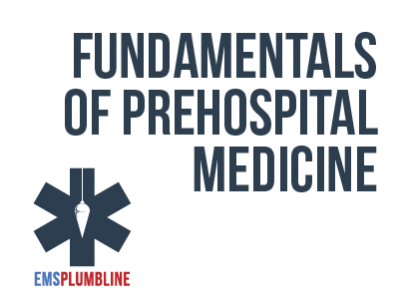 |
Building Upward: Resuscitation of Anaphylactic Shock Part 2—Scenario 1 |
1.00 |
The second part of this series is the first of three scenarios. All three scenarios are designed to review complicated situations that BLS providers may be asked to navigate. This scenario has us consider the care of an anaphylactic patient in the setting of a pregnancy. Paramedic student Vanessa Petote does an excellent job of interviewing Dr. Jeremy Cushman. Final Exam: Please read each question carefully. You will have two attempts to gain a 70% or higher on this exam. If you are not successful in two attempts, you are welcome to take the course again to gain the certification. |
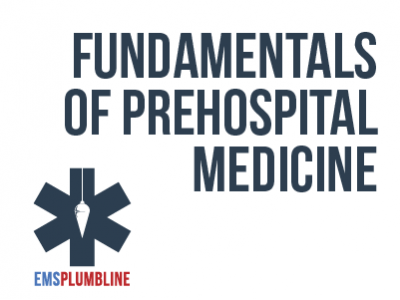 |
Building Upward: Resuscitation of Anaphylactic Shock Part 4—Scenario 3 |
1.00 |
This scenario involves a patient with special needs who has developed angioedema. Paramedic student Vanessa Petote and Medical Director Dr. Jeremy Cushman speak about the care that a special needs patient must receive, as well as the specific challenges that accompany a patient with a potentially unstable airway. Final Exam: Please read each question carefully. You will have two attempts to gain a 70% or higher on this exam. If you are not successful in two attempts, you are welcome to take the course again to gain the certification. |
 |
Concreting: Assessing the Elderly—Respiratory |
1.00 |
One of the most common responses for EMS providers is the chief complaint of shortness of breath (SOB). In this session, we discuss the challenges of obtaining a history of present illness (HPI) in a patient that potentially has one of three significant differentials: COPD, pulmonary embolism, or pneumonia. We will also briefly discuss what a BLS provider should do when preparing these patients for ALS level care. Final Exam: This multiple choice exam is designed to test your knowledge of the material you just reviewed. You have two attempts to gain an 80% or higher on this exam. Please take your time and answer each question carefully. |
 |
Geriatric Assessment |
1.25 |
As part of an interdisciplinary team working with older adults, it is important to understand the different parts that make up a comprehensive geriatric assessment. This course will provide you with information about the tools used in a comprehensive geriatric assessment that are chosen based on identified needs and areas of concern for individual patients. |
 |
Supporting Self-Awareness and Self-Management for Paraprofessionals |
0.75 |
This online course is designed to empower paraprofessionals with the knowledge and practical strategies needed to effectively support self-awareness and self-management in students. Participants will explore the importance of self-awareness and self-management, learn about key concepts, and gain actionable techniques to create a positive and inclusive learning environment that fosters emotional well-being and ethical growth in students. |
 |
Online Money Tips |
1.00 |
In this course you will learn specific tools to help you save your money. Tools such as online banking, contactless payment, and specific resources to help you obtain free material will go a long way with your financial goals. Every penny counts! |
 |
Sepsis - What's new in caring for these patients? |
0.75 |
A comprehensive update provided for an intended audience of prehospital care providers. This update introduces new definitions for sepsis and septic shock, reviews sepsis epidemiology, pathophysiology, disease morbidity and mortality, and prehospital treatments. |
 |
Chest Pain - Beyond MONA |
1.00 |
A review of atypical etiologies for chest pain, provided for an intended audience of prehospital care providers. This course refreshes physiology and pathophysiology for various cardiac and non-cardiac causes of chest pain, including definitions, disease morbidity and mortality, and prehospital treatments.
This training is primarily designed to assist paramedic providers as they care for patients in the prehospital environment |
 |
Differentiating Dyspnea |
1.00 |
|
 |
ALS Airway Response - Part One |
1.00 |
This conversation with Dr. Christopher Galton turns into a lesson that any paramedic (no matter what their background) will find beneficial in their attempt(s) to improve their Airway Skills. Dr. Galton, leads this discussion by bringing together his experiences in the pre-hospital arena, the emergency department, the ICU, the operating room, and beyond. Pull out a pen and paper and get ready to write down talking points that you will undoubtedly debate with fellow paramedics. You have two attempts to gain a 70% or higher on the exam. Take your time and good luck! |
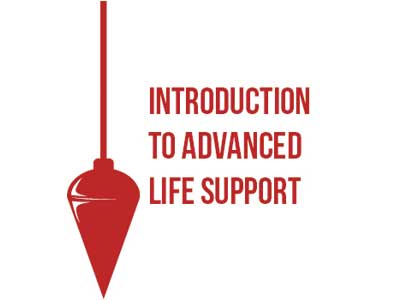 |
ALS Airway Response - Part Two |
1.00 |
In a twenty minute discussion, Dr. Galton shared some very valuable opinions that were formulated, in a large part, from his many years as a paramedic. Join us for an extension of this discussion. In this second part, Dr. Galton briefly discusses exhalation of CO2, Instrumenting an Airway, Management of Gastric Tubes, and more. You have two attempts to gain a 70% or higher on this exam. Take your time and good luck! |
 |
Geriatric Dentistry |
0.50 |
In this course you will learn about six topics of oral health for older adults. These topics include the physiologic changes with age, geriatric oral pathology, preventive care, newer treatment modalities, relationships between oral and general health in older adults, and current research in geriatric dentistry.
|
 |
Organizational Communication: Innovation and Change (Instructor Guide) |
1.00 |
Innovation is a new idea or process that can change the way organizations operate or think. For an idea or process to be considered an innovation, the majority of people who hear about it must consider it new. Implementation of an idea is not necessary for it to be considered an innovation.
Innovation and change are closely related. When an innovation is adopted, it becomes a change. On the other hand, not all change is innovation. If an innovation is rejected after being adopted, the return to the previous method is not an innovation.
In this course you will learn to: identify degrees and characteristics of innovation, and adopt and encourage innovation, and identify the aspects of change.
This Instructor's Edition of this course includes notes and suggestions to assist you in presenting the material, whether in an in-person classroom setting, or as an instructor-led online or distance-learning course. It also provides you with the answers to questions found in mid-lesson activities, as well as in the quiz that concludes the course. |
 |
Part-time Jobs |
0.50 |
A part-time job is one that involves working fewer hours than a full-time job in one week. This course will teach you some of the pros and cons of working part-time jobs, as well as things to keep in mind when considering this career choice. |
 |
2021 Quarter 1: COVID-19 Quality Care Updated |
1.00 |
Providers in Western NYS have learned a great deal about treating patients that suffer from COVID-19 infections. This session was recorded in January 2021. Paramedic Shawna Rizzi does a fantastic job of interviewing Dr. Christopher Galton. Dr. Galton draws on his experience as a paramedic, EMS medical director, intensivist, and anesthesiologist to summarize the changes that every paramedic should know.
Final Exam: This multiple-choice exam is designed to test your knowledge of the material you just reviewed. You have two attempts to gain an 80% or higher on this exam. Please take your time and answer each question carefully. |
 |
Odds & Endo: Part 1 |
1.50 |
Most entry-level providers agree that the topic of endocrinology is intimidating. We spend a good amount of time learning about diabetes mellitus, which is the most pervasive endocrine-related dysfunction that we see in the prehospital setting. We asked Dr. Jeremy Cushman to bring us to the next step. He does not discuss all of the disease states that the endocrinology world has to offer, but we do get a very good overview of some of the more common emergencies. We think you will enjoy his delivery and learning about one of the most misunderstood topics that we encounter at a basic level. Final Exam: This multiple-choice exam is designed to test your knowledge of the material you just reviewed. You have two attempts to gain an 80% or higher on this exam. Please take your time and answer each question carefully. |
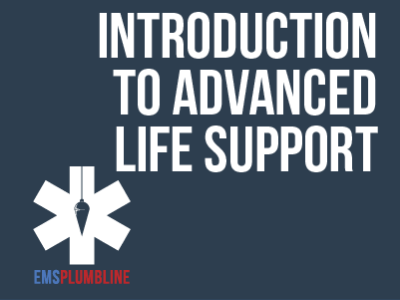 |
Constructing: Airway Essentials—Part 7 |
0.50 |
Every paramedic has ideas on what is needed to obtain a good view while instrumenting the airway. If this lesson does not create an educated discussion on the topic, nothing will. Take the opportunity to imagine yourself in the classroom and identify what you would do.Final Exam: This multiple choice exam is designed to test your knowledge of the material you just reviewed. You have two attempts to gain an 80% or higher on this exam. Please take your time and answer each question carefully. |
 |
Constructing: Airway Essentials—Part 1 |
0.50 |
We think that you will appreciate the opportunity to review the essential aspects of Airway Assessment and Management with one of the most dedicated paramedics that you can find: Chris Galton. As a Transplant Anesthesiologist and a Paramedic, Galton has spent countless hours learning to assess and maintain some of the most difficult patient airways out there. Instead of going to bed after staying up all night on a liver transplant case, Galton showed some paramedic-style grit and shared some knowledge with Rachel and Rich (two experienced paramedics). The cameras were rolling and you will want to see what they spoke about. |
 |
Constructing: Sepsis for Paramedics, Part 1—Overview |
1.00 |
Paramedic Michael Hoskins does a fantastic job discussing the gradual onset of this disease process with Medical Directors Jeremy Cushman and Christopher Galton. In this first of three segments, you will learn how we should look for sepsis and what questions every paramedic should ask. Final Exam: This multiple choice exam is designed to test your knowledge of the material you just reviewed. You have two attempts to gain an 80% or higher on this exam. Please take your time and answer each question carefully. |
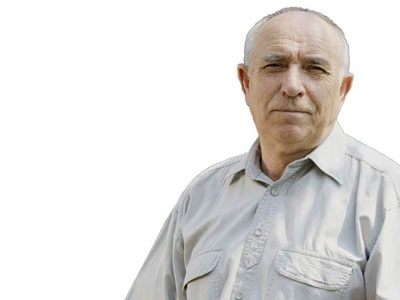 |
Geriatric Oncology |
1.00 |
The goal of this course is to review the role of geriatric assessment in the older cancer population and how geriatric assessment can be used to predict chemotherapy toxicity and influence decision-making in this population. |
 |
Introduction to Education Policy and Law |
1.25 |
This course covers an introduction to educational policy and law. This course will help you develop new knowledge about the fundamental principles and legislation that shape the education system, enabling you to understand what factors influence educational practices and decision-making. |
 |
Para-Educator Teaching Team |
1.50 |
This course is designed for both paraprofessionals and teachers. Throughout this course, you will acquire the skills and knowledge necessary to foster a collaborative environment that enhances the learning experience for your students. The goal of this course is to ensure every child is supported by a cohesive team of professionals striving to help the child find success in their education. This course will help you develop new knowledge about your student's team members and will help you understand what your role as a paraprofessional or teacher is. |
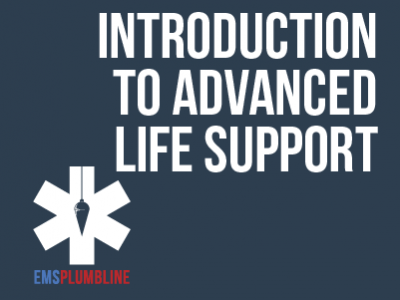 |
Constructing: Sepsis for Paramedics, Part 2—Fluid Resuscitation |
1.00 |
If you think caring for sepsis patients is not an interesting topic, you might want to think again. Medical Directors Jeremy Cushman and Christopher Galton, give Paramedic Hoskins a passionate description of proper patient care. Fluids are important and this is why. Final Exam: This multiple choice exam is designed to test your knowledge of the material you just reviewed. You have two attempts to gain an 80% or higher on this exam. Please take your time and answer each question carefully. |
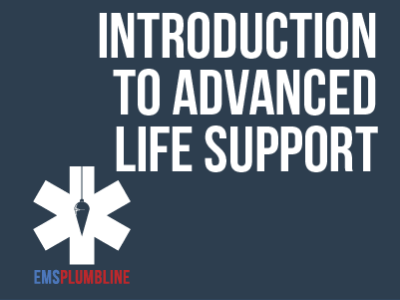 |
Constructing: Airway Essentials—Part 2 |
0.50 |
Most paramedics will remember walking around town during their original paramedic school and deciding which patients would be a "tough tube." If that describes you when you first started, you will appreciate this brief review. Dr. Christopher Galton takes the time to takes the time to give a memorable examples of the mnemonics LEMON and BONES, which prove to be a fantastic teaching tools. We think you will enjoy the illustrations that allow you to remember these important evaluations. Final Exam: This multiple choice exam is designed to test your knowledge of the material you just reviewed. You have two attempts to gain an 80% or higher on this exam. Please take your time and answer each question carefully.
|
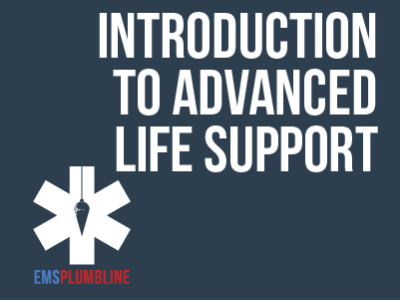 |
Constructing: Airway Essentials—Part 5 |
0.50 |
Most paramedics will tell you that online training will not allow you the opportunity to learn how to perform a psychomotor skill such as intubation. We agree to a point. You will find that the discussion with Dr. Christopher Galton, will likely have you thinking differently the next time you intubate a patient. Chances are your success rates will improve. Final Exam: This multiple choice exam is designed to test your knowledge of the material you just reviewed. You have two attempts to gain an 80% or higher on this exam. Please take your time and answer each question carefully. |


























